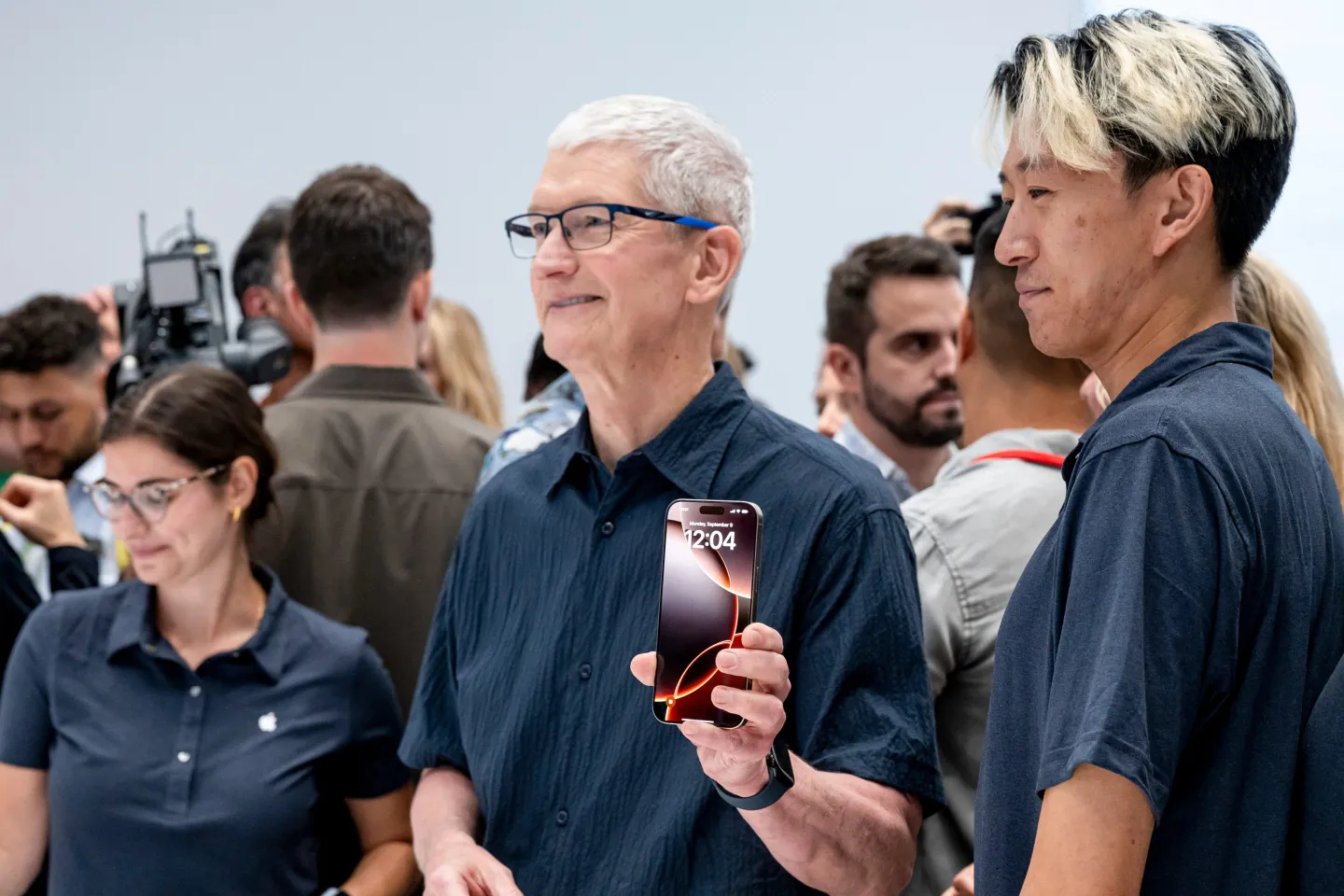Apple has long been an industry leader, consistently pushing the boundaries of what’s possible in the tech world. From the original iPhone launch in 2007 to the Apple Watch and now the Vision Pro VR headset, the company has redefined how we interact with technology. Yet, with the release of the iPhone 16, there’s a growing conversation around whether Apple is maintaining its status as a trailblazer or if it’s falling into the trap of incremental upgrades that leave consumers underwhelmed.
The iPhone 16 has undoubtedly embraced new trends, particularly with AI-driven features like personalised user experiences and more advanced photography enhancements. Additionally, Apple’s foray into the AR/VR space with the Vision Pro shows that the company is still capable of bold, category-defining moves. But the question remains: is Apple innovating fast enough to stay ahead of the curve? Here are 10 reasons why some believe Apple could face challenges similar to Nokia if it doesn’t reignite its revolutionary spark.
1. AI is a Step, Not a Leap
- While the iPhone 16 includes AI-driven features like smarter photography and improved personalisations, these features are more evolutionary than revolutionary. Competitors, such as Google with its Pixel devices, are pushing AI integration further with features like real-time translation and predictive text. Apple’s AI features, while impressive, don’t yet feel like game-changing advancements that would reshape the user experience.
2. The Vision Pro is Not Mainstream Yet
- Apple’s Vision Pro headset is an exciting venture into mixed reality, but it’s still in the early stages. High pricing and niche use cases mean it hasn’t yet reached mainstream adoption. While Apple is pioneering in the AR/VR space, the broader market impact remains to be seen. For comparison, Meta’s VR headsets have been on the market longer but are still considered niche.
3. Incremental Hardware Upgrades
- The iPhone 16 features a faster chip and better cameras, but these are expected yearly upgrades, not innovations that change how we interact with the phone. Apple is excellent at refining its products, but the lack of jaw-dropping new features, like foldable screens or modular phones, makes the iPhone 16 feel more like a polished version of its predecessor rather than something truly new.
4. Reliance on Software Over Hardware Innovation
- A significant portion of the iPhone 16’s improvements are software-based, relying heavily on AI to enhance the user experience. While these AI features improve functionality, the lack of tangible hardware innovation may start to wear thin on consumers who expect something groundbreaking with each new iPhone. For example, Huawei has pushed the envelope with their P-series, which integrates top-notch hardware advancements, including advanced cameras and cutting-edge chipsets, raising the bar in ways that Apple hasn’t recently.
5. Siri Still Lags Behind
- Despite AI advancements, Siri continues to lag behind competitors like Google Assistant and Amazon Alexa in terms of functionality and integration. While Apple has made strides in AI, its virtual assistant has not evolved as rapidly as its competitors, limiting its usefulness in everyday scenarios. This has left Apple vulnerable in the smart home space, an area where its ecosystem could shine but currently doesn’t.
6. Sales Growth is Slowing
- While Apple still enjoys massive sales, there are signs of saturation in key markets. In the first quarter of 2023, iPhone sales declined slightly compared to the previous year. Much of Apple’s revenue growth now comes from services like iCloud and Apple Music, rather than hardware innovation. This mirrors the decline Nokia experienced when they failed to innovate and saw their market share slip away.
7. Premium Pricing is Becoming a Problem
- Apple’s products have always commanded premium prices, but with the iPhone 16’s price increase, the gap between Apple and more affordable competitors is growing. Huawei, for instance, offers competitive features at lower price points, and their Mate series has managed to rival Apple in performance while remaining more budget-friendly. If Apple continues with premium pricing without offering standout innovations, they may lose ground to these more cost-effective alternatives.
8. Competitors are Leading in AI and Sustainability
- Competitors like Google and Huawei are not just leading in AI integration but also in sustainability efforts. Huawei’s recent models are designed with eco-friendly practices, utilizing recycled materials and committing to carbon neutrality. While Apple has its own sustainability initiatives, it risks falling behind if it doesn’t accelerate these efforts in future models.
9. Lack of Innovation in Battery Technology
- One area where consumers are eagerly waiting for innovation is battery life. The iPhone 16 offers only modest improvements in battery performance, and many users still struggle to get through the day on a single charge. While other companies like Huawei are exploring fast-charging solutions and more durable batteries, Apple seems content with incremental progress, which could leave it vulnerable to competitors who focus more heavily on this critical feature.
10. Apple’s Ecosystem Lock-in Could Backfire
- Apple’s ecosystem is one of its strongest selling points, but it’s also becoming a double-edged sword. As competitors improve the integration of their products, the benefits of staying within the Apple ecosystem could become less compelling. Brands like Google and Huawei are working hard to offer seamless cross-device experiences, and if Apple doesn’t continue to innovate within its ecosystem, it could face attrition from users seeking more flexibility.
Conclusion
While Apple remains a dominant force in the tech world, the iPhone 16’s reliance on incremental improvements rather than groundbreaking innovations could signal a shift in consumer perception. The integration of AI and the introduction of products like the Vision Pro are steps in the right direction, but the lack of bold, disruptive innovation in recent years raises concerns about the company’s future trajectory. If Apple doesn’t reignite its innovation engine, it could find itself facing challenges similar to those that once brought down Nokia.





Leave a Reply